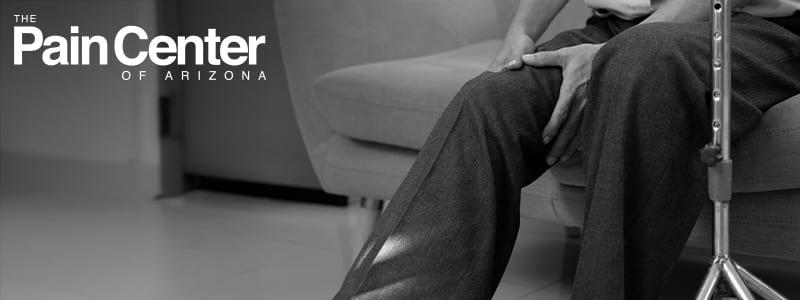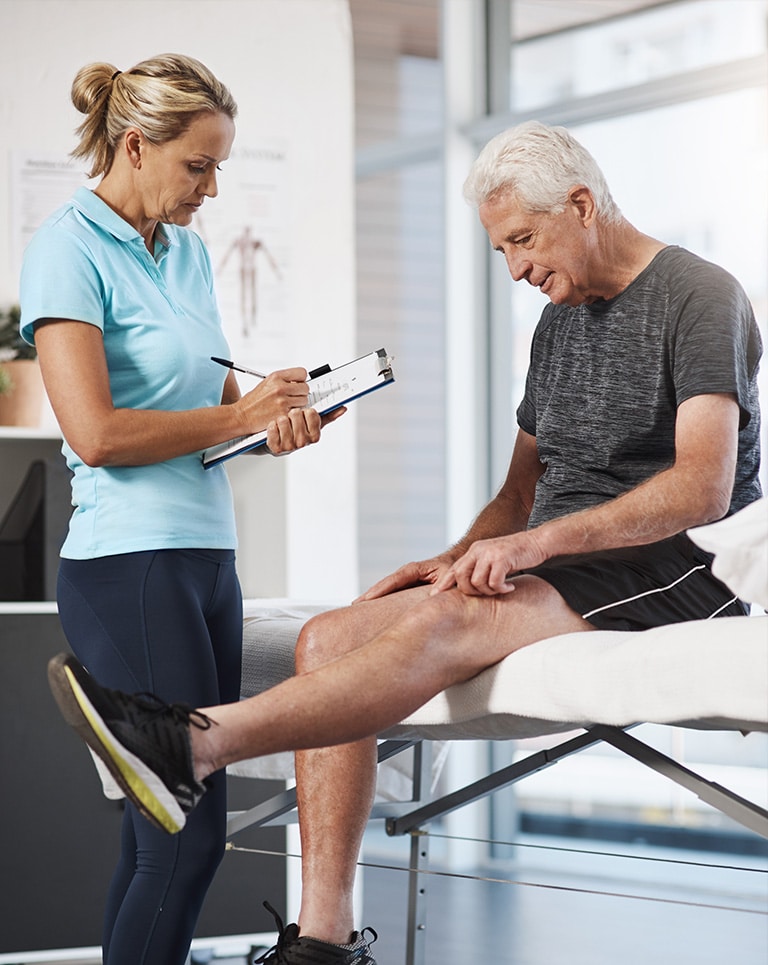
Leg pain can hit hard, especially if you’re older and already dealing with chronic back pain or limb pain. It might be a dull ache in your leg muscle or a sharp sting that stops you cold. At The Pain Center, we hear this all the time—folks wondering why their legs hurt and how to make it stop. From blood clots to varicose veins, the causes vary, and so does the fix. Let’s dig into what’s behind that feeling of aching legs, how to spot trouble, and what works to ease it.
Leg pain isn’t just one thing—it’s a signal from your body that something’s up. It could be tied to blood vessels, nerves, or even bones. For older adults, medical conditions like high blood pressure or wear from physical activity often play a role. Whether it’s leg cramps waking you up or a steady type of pain slowing you down, knowing the cause points you to relief. We’ll cover the big hitters and help you figure out when it’s more than just tired legs.
What is the most common cause of leg pain?
The top culprit? Muscle cramps—those tight, sudden squeezes folks call a Charley horse. They often strike after physical activity or at night, especially if your leg muscle is worn out or dehydrated. But it’s not alone—varicose veins are huge, too. These twisted, bulging blood vessels mess with reduced blood flow, leaving your legs achy or heavy. Both are super common, especially as we age and our bodies slow down.
How do I get my legs to stop aching?
Easing that aching leg feeling depends on what’s causing it. For muscle cramps, stretching and hydration can work wonders—try flexing your foot a few times when it hits. If varicose veins are the issue, elevating your legs boosts blood flow and cuts the ache. For tougher cases like nerve damage or stress fractures, physical activity tailored by a professional helps long term. Rest, ice, and over-the-counter meds can tackle mild pain, too.
How do you know if leg pain is heart-related?
Leg pain tied to your heart? It’s rare but real. High blood pressure or blood pressure that is off can signal trouble, especially if reduced blood flow makes your legs cramp or feel weak during a walk. A big red flag is that if it pairs with chest pain or shortness of breath, it could mean a blood clot or heart issue. Check with a doctor if your type of pain feels new or weird with those signs.
What is the best medicine for leg pain?
The “best” depends on the cause. For leg cramps or a Charley horse, muscle relaxants or even magnesium supplements might help if your doctor okays them. Pain from deep vein thrombosis (DVT)—a serious blood clot—needs blood thinners prescribed by a professional. Over-the-counter stuff like ibuprofen can calm stress fractures or general soreness.
What are red flag symptoms of leg pain?
Some common symptoms scream, “Get help now.”
Watch for these red flags:
- Swelling, redness, or warmth in one leg—could be deep vein thrombosis (DVT).
- Sudden, intense pain with no clear cause.
- Numbness or weakness from nerve damage.
- Pain that won’t quit, especially with fever or weight loss.
These could indicate serious problems, such as a blood clot or infection. Don’t wait—see a professional if they appear.
What disease starts with leg pain?
Leg pain can be the first clue to bigger issues. Deep vein thrombosis (DVT) often starts with a heavy, sore leg caused by a blood clot in your blood vessels. Peripheral artery disease, linked to high blood pressure, starts with cramping during physical activity due to reduced blood flow. Even early nerve damage from diabetes might show as tingling or burning. Catching these early with a doctor’s check can stop them from becoming long-term problems.
Pain Relief at The Pain Center
At The Pain Center, we treat a host of chronic pain conditions through integrated approaches. Our treatment plans are tailored to your unique pain level and lifestyle, prioritizing your quality of life above all else.
Request our help today!



